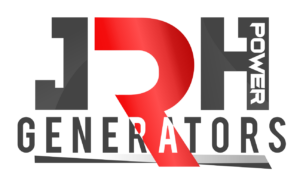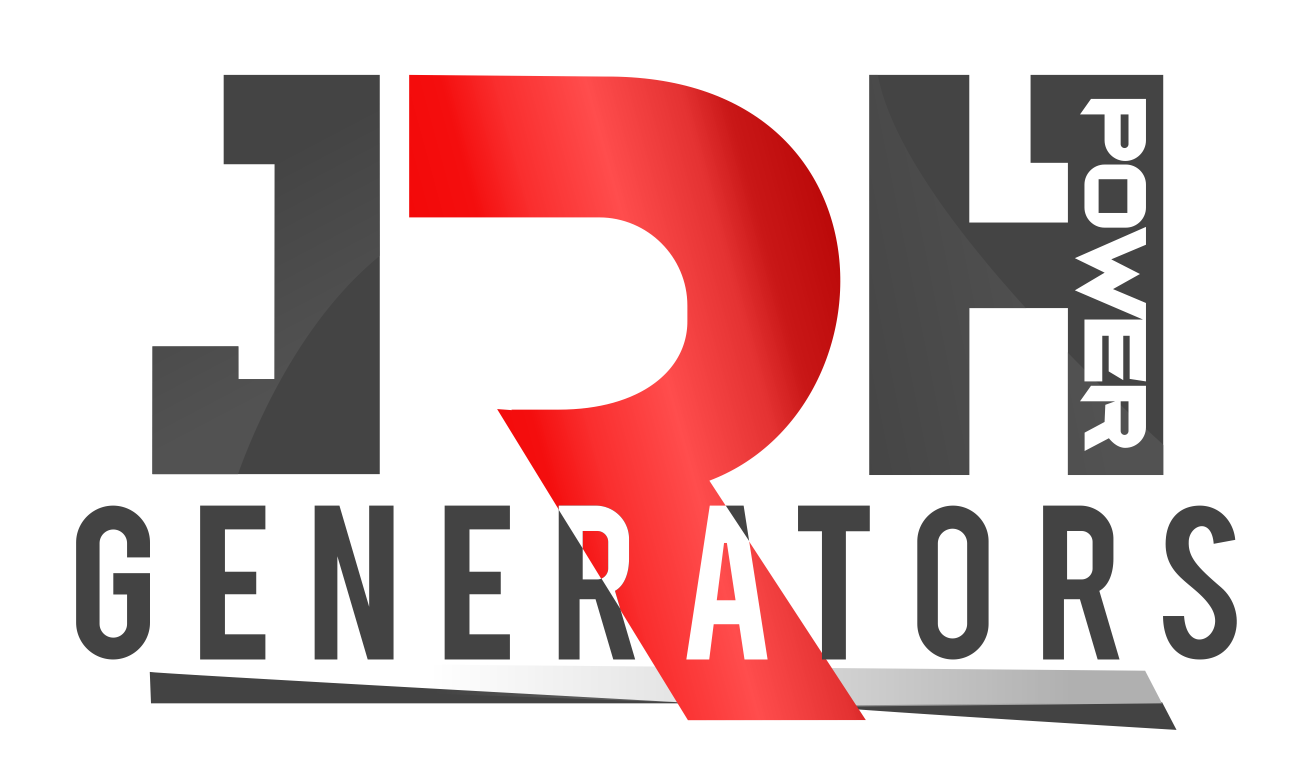Hurricane levels passing through Puerto Rico
Puerto Rico, jewel of the Caribbean, is not only known for its rich culture and beautiful landscapes, but also for being an area susceptible to hurricanes. But did you know that there are different levels of hurricanes? These levels determine the intensity and possible damage they can cause. In this article, we will explore the hurricane levels in Puerto Rico and how to properly prepare for each situation.
Table of Contents
Hurricane Level Classification
When we talk about hurricane levels, we refer to the Saffir-Simpson scale, which has been established as the standard for determining the intensity and destructive potential of these meteorological phenomena. This classification is essential to understand the associated risks and take appropriate preparedness measures.
Category 1
These hurricane levels They have winds ranging between 74 and 95 mph. Although it is the initial level on the scale, winds can cause considerable damage, especially to poorly constructed structures. Tree branches may break, and short-term power outages are possible.
Category 2
With winds of 96-110 mph, this level of hurricane carries increased risks. Stronger winds can cause extensive damage to roofs and windows, and power outages lasting several days are likely, affecting drinking water supplies.
Category 3
By entering this category, we are talking about hurricane levels that present winds between 111 and 129 mph. When we reach this level, we are talking about hurricanes with the capacity to cause devastating damage. Many residential areas are likely to suffer significant damage, and basic services may be disrupted for days or even weeks.
Category 4
These hurricane levels, with winds ranging from 130 to 156 mph, are capable of causing catastrophic damage. Impacted areas may not be habitable for long periods, and essential infrastructure, such as hospitals or power stations, may be seriously affected.
Category 5
Representing the hurricane levels At their most intense, these hurricanes have winds exceeding 157 mph. At this level, affected areas may suffer total destruction. Recovery is a lengthy process that requires significant resources and collaborative efforts.
It is vital for communities and authorities to be well informed about these levels of hurricanes, as each category requires different preparation and response measures.
Hurricane history in Puerto Rico
Puerto Rico, due to its geographic location, is in the path of many tropical systems, which has led to the island having witnessed several devastating hurricanes throughout its history. When talking about the hurricane levels that have impacted the region, it is essential to remember some of the most significant events and how they have shaped the island's preparedness and resilience.
Hurricane San Felipe II (1928): Known as one of the most destructive hurricanes of the 20th century, this category 5 hurricane left an indelible mark on Puerto Rican history. It caused the deaths of hundreds of people and left thousands homeless.
Hurricane Georges (1998): Although it was a Category 3 hurricane when it hit the island, Georges affected nearly every municipality in Puerto Rico, causing extensive flooding and widespread damage.
Hurricane Maria (2017): Without a doubt, one of the most devastating levels of hurricanes for Puerto Rico. Maria, a category 4 hurricane, left the island without electricity and caused damage that even today, years later, continues to be felt in many aspects of the daily lives of Puerto Ricans.
These are just some examples of the hurricane levels that have affected Puerto Rico, but each event has left valuable lessons. History has shown the importance of being prepared and adapting to the challenges that these natural phenomena present.
Are you finding this information useful?
We value your time and effort to keep you informed and prepared. If you find this information valuable, we invite you to explore more relevant content on our blog.
From advice on generator maintenance to detailed analyzes on the different levels of hurricanes and how to deal with them, our goal is to provide you with the tools and knowledge to face any challenge. Visit our blog and continue to empower yourself with quality information.
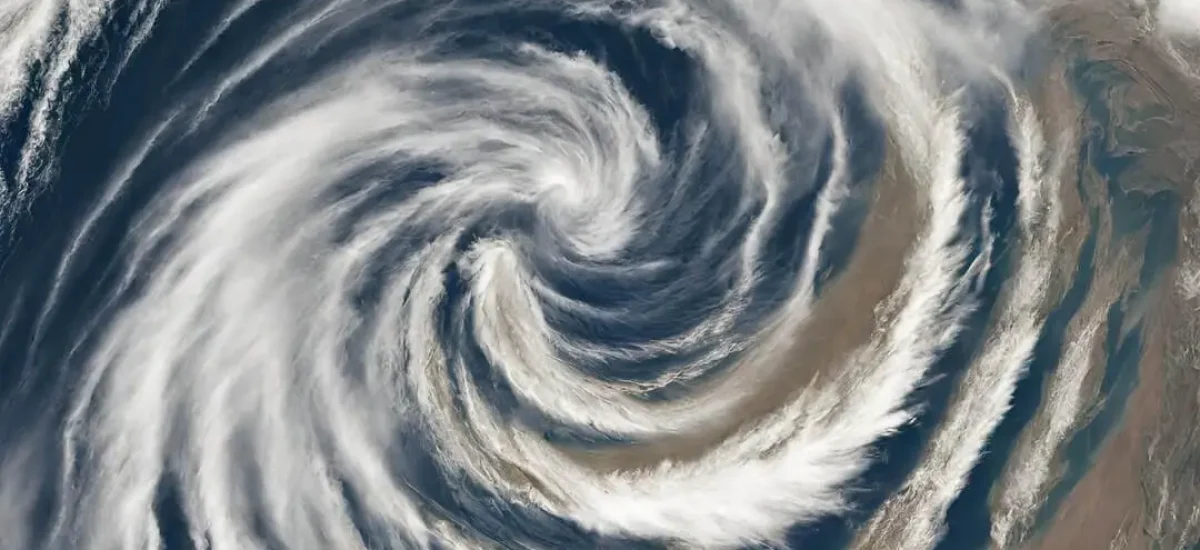
Preparation according to the hurricane level
Anticipating a hurricane and knowing its category or level is crucial to effective preparation. Different levels of hurricanes require different degrees of preparation. Below we provide guidance on how to prepare based on the level of the hurricane.
Category 1:
- Secure loose objects outdoors to prevent them from becoming projectiles.
- Reinforce windows with tape or protectors to minimize the risk of breakage.
- Store water and non-perishable food for at least three days.
Category 2
- Consider evacuation if you live in flood-prone areas.
- Unplug appliances and make sure you have a flashlight and radio with batteries.
- Communicate and stay informed through local media about the progress of the hurricane.
Category 3:
- Evacuation becomes essential, especially in coastal areas or low-lying areas.
- Secure doors and windows with boards or guards.
- Have an emergency kit with medications, important documents and essential items.
Category 4 and 5:
- Mandatory evacuation if the authorities indicate it.
- Seek refuge in high areas away from the coast.
- Prepare and protect your home, but prioritize personal and family safety.
Regardless of the level of the hurricane, having a reliable source of power is essential.
Electric generators become essential allies during and after the passage of a hurricane, guaranteeing that, even in adverse situations, there is the necessary electricity supply to maintain safety and well-being.
The importance of having reliable energy
In emergency situations, such as those presented by hurricane levels, having a reliable source of energy becomes not only a luxury, but an imperative necessity. Electricity is essential for many everyday activities and, in critical moments, its presence can make the difference between safety and danger.
Constant comunication
One of the first things that can go wrong during a hurricane is communication. Without power, we are left without the ability to charge our mobile devices, watch the news, or listen to the radio. A reliable power source keeps us informed and connected to the outside world and our loved ones.
Preservation of food and medicines
Refrigerators and freezers need electricity to keep our food fresh and safe for consumption. Additionally, some medications require refrigeration to maintain their effectiveness.
Health & Wellness
During and after hurricane levels, especially in Puerto Rico, temperatures can be very high. Having power for fans or air conditioners can be vital. Additionally, in situations where someone in the home relies on electrical medical equipment, having a reliable power source is crucial.
Security
Reliable power also powers security systems, exterior lights and alarms, which can be essential for protecting property and lives during the disorder that can arise after a natural disaster.
For all these reasons and more, the electricity generators They stand out as vital solutions. Not only do they offer a reliable source of energy in times of crisis, but they also provide peace of mind, knowing that, in case of any eventuality, there is a backup ready to spring into action.
Do you need advice?
We know that choosing a Electric generator Adequate assessment can be overwhelming, especially when considering the multiple levels of hurricanes and their respective impacts. But you are not alone in this decision.
In JRH Power Generator, we have a team of experts ready to guide you every step, ensuring you choose the perfect energy solution for your needs. Contact with us and discover how we can help you be prepared for any eventuality.
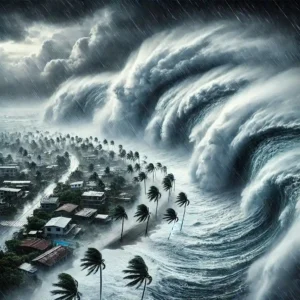
Hurricane season is a critical period for Puerto Rico, and being prepared can make the difference between safety and danger. In
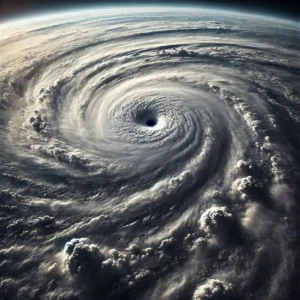
Understanding how a hurricane forms allows us to be one step ahead and prevent the devastating effects of these natural phenomena. Especially in areas
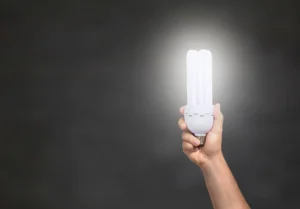
In a world where energy efficiency is increasingly a priority, learning to save energy has become a crucial need for both
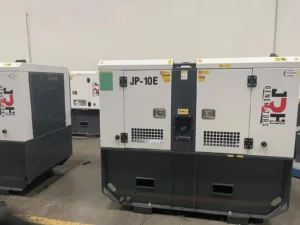
In a world that doesn't stop, the need for a reliable and continuous power source is more crucial than ever. At JRH Power
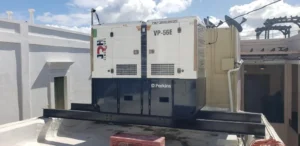
Have you ever wondered how electricity becomes a constant in our lives, even in the most critical moments? At JRH Power
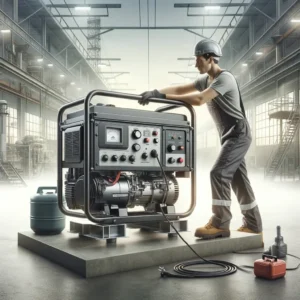
In our modern world, where electricity is vital, power outages are a frequent reality. Know how to connect a generator to the house
